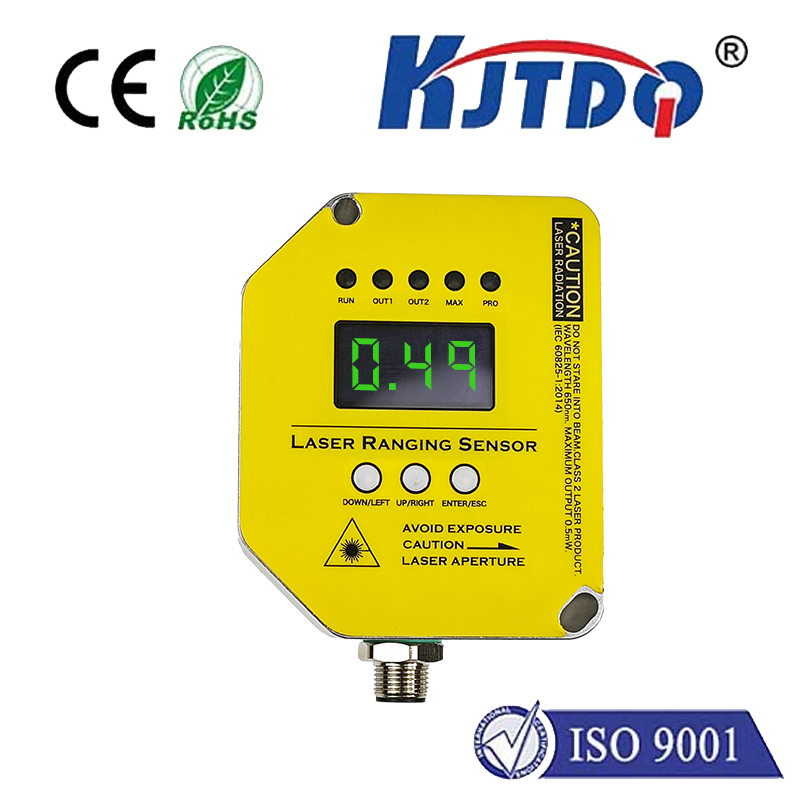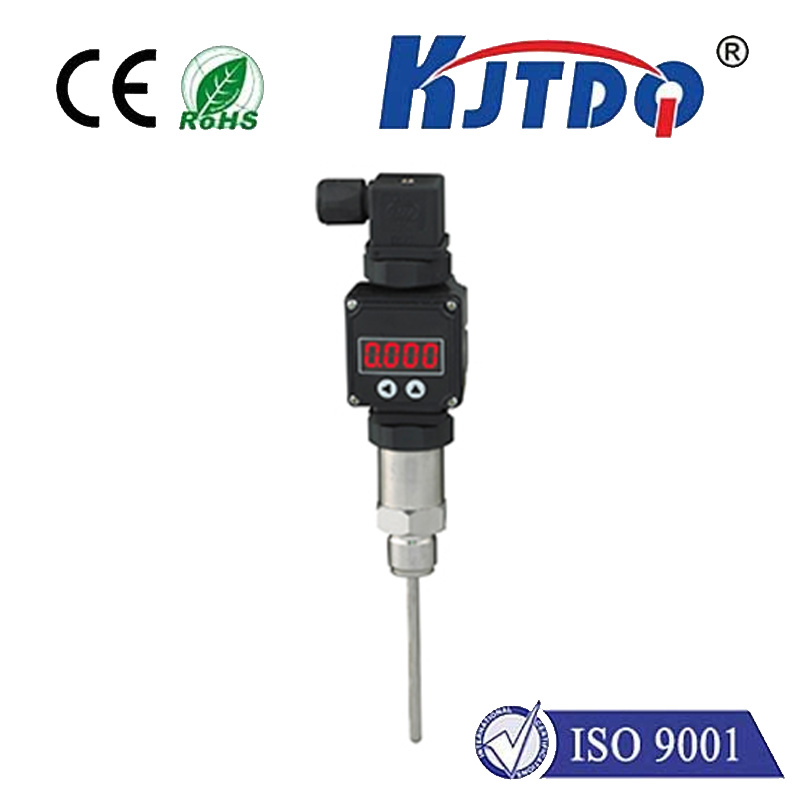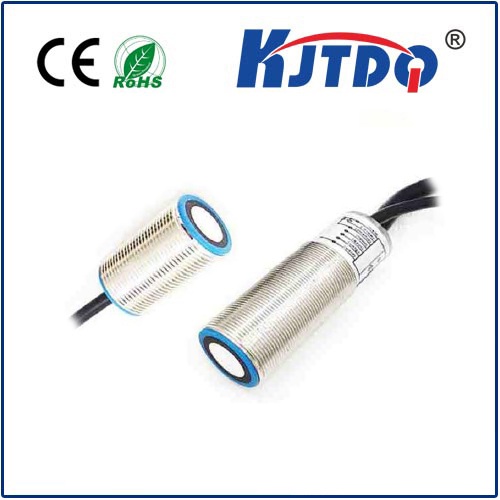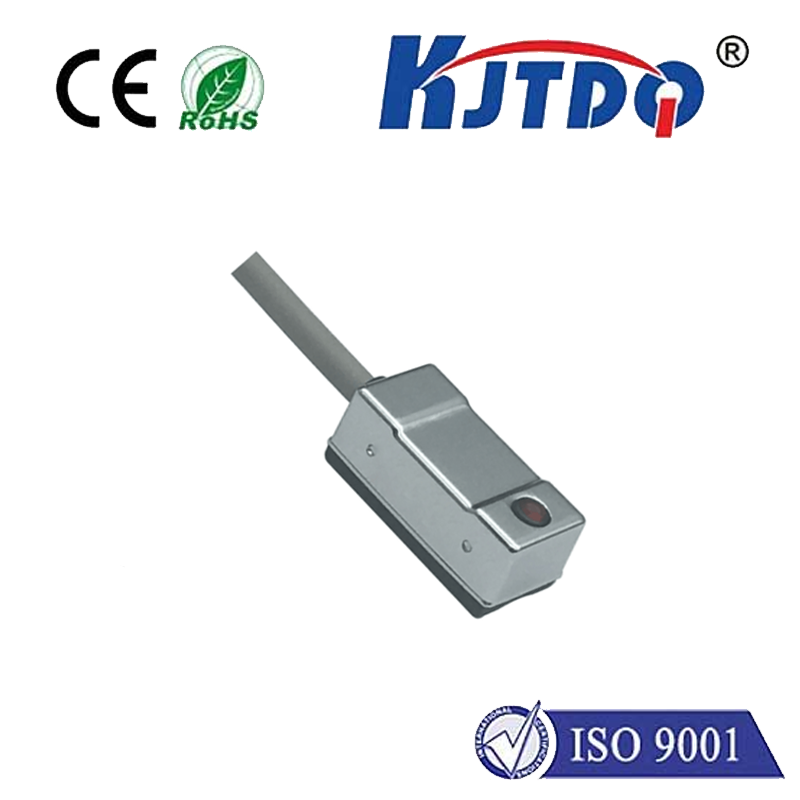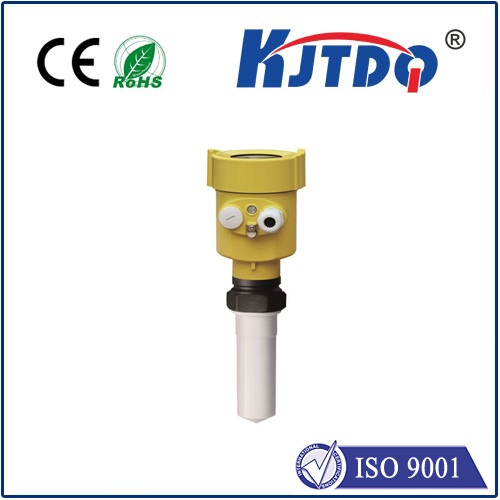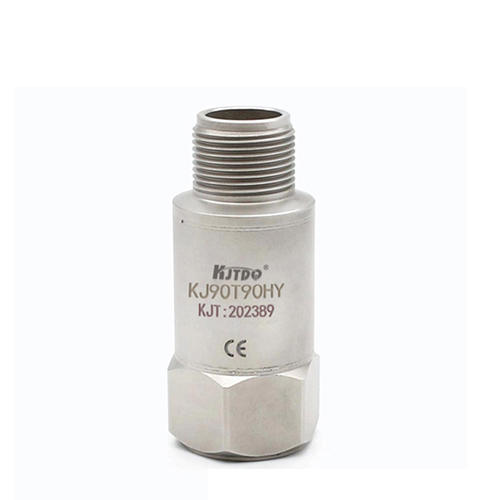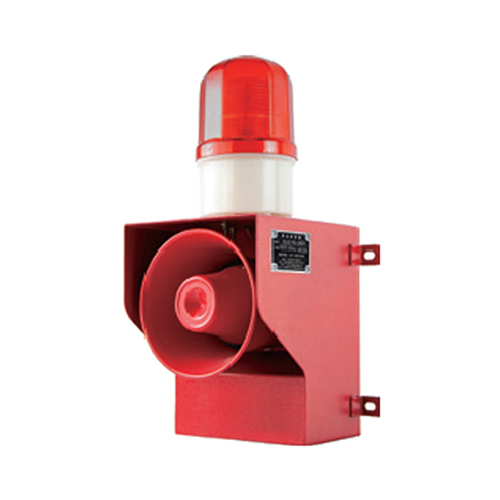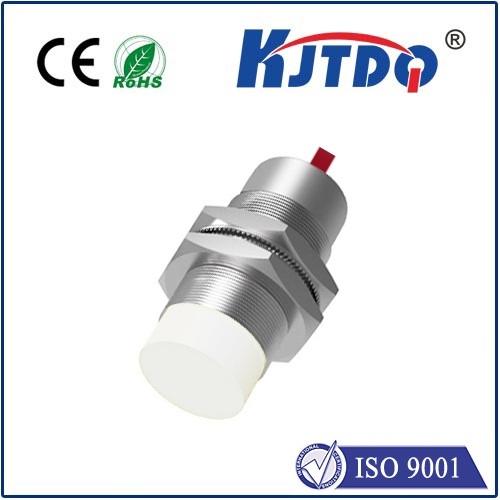
Exploring the Synergistic Power of Proximity and Light Sensors in Smart Environments In the era of smart technology, the integration of proximity and light sensors is revolutionizing how we interact with our environment. These two types of sensors, when combined, offer a myriad of applications that enhance energy efficiency, convenience, and security in both residential and commercial settings. Proximity sensors, also known as motion detectors, are designed to detect the presence or movement of objects within a certain range. They play a crucial role in automation by triggering actions such as turning on lights when someone enters a room or activating security alarms when unauthorized movement is detected. On the other hand, light sensors measure the intensity of light in a given area. They enable adaptive lighting systems that adjust brightness based on natural daylight availability, ensuring optimal illumination while conserving energy. The true potential of these sensors lies in their synergy. When proximity and light sensors work together, they create intelligent environments that respond dynamically to human presence and ambient conditions. For instance, in a smart office setting, these sensors can ensure that meeting rooms are only lit when occupied and that lights are dimmed or turned off when the space is vacant, thereby reducing unnecessary energy consumption. Moreover, this combination enhances user experience by providing personalized comfort and convenience. In smart homes, for example, the system can adjust indoor lighting as you move from one room to another, creating a seamless and intuitive living experience. It can also contribute to home security, alerting homeowners to any unusual activity even in well-lit areas where traditional motion sensors might be less effective. In retail spaces, the integration of these sensors can lead to more engaging shopping experiences. Stores can use them to highlight products with optimal lighting as customers approach, drawing attention and potentially increasing sales. The future prospects of proximity and light sensor technology are vast. As they continue to evolve, we can expect even more sophisticated and responsive smart environments that not only save energy but also adapt to the needs and preferences of their occupants. The fusion of these sensors is a testament to how far technology has come in making our lives easier and more sustainable. In conclusion, the harmonious blend of proximity and light sensors is a prime example of how advanced sensing technologies can transform ordinary spaces into smart, efficient, and user-friendly environments. By leveraging the strengths of each sensor type, we can unlock new possibilities for innovation across various sectors, paving the way for a brighter and smarter future.

